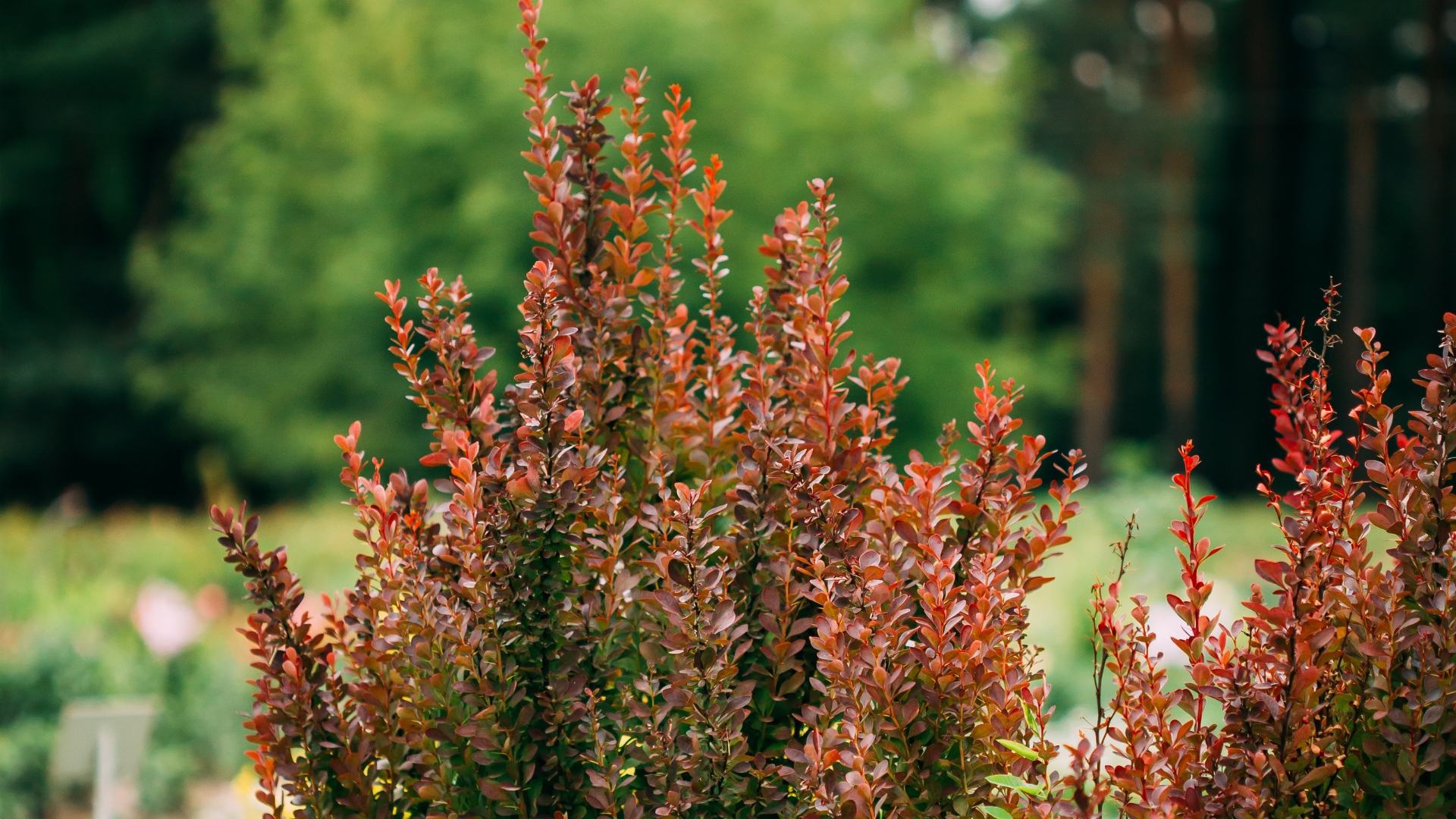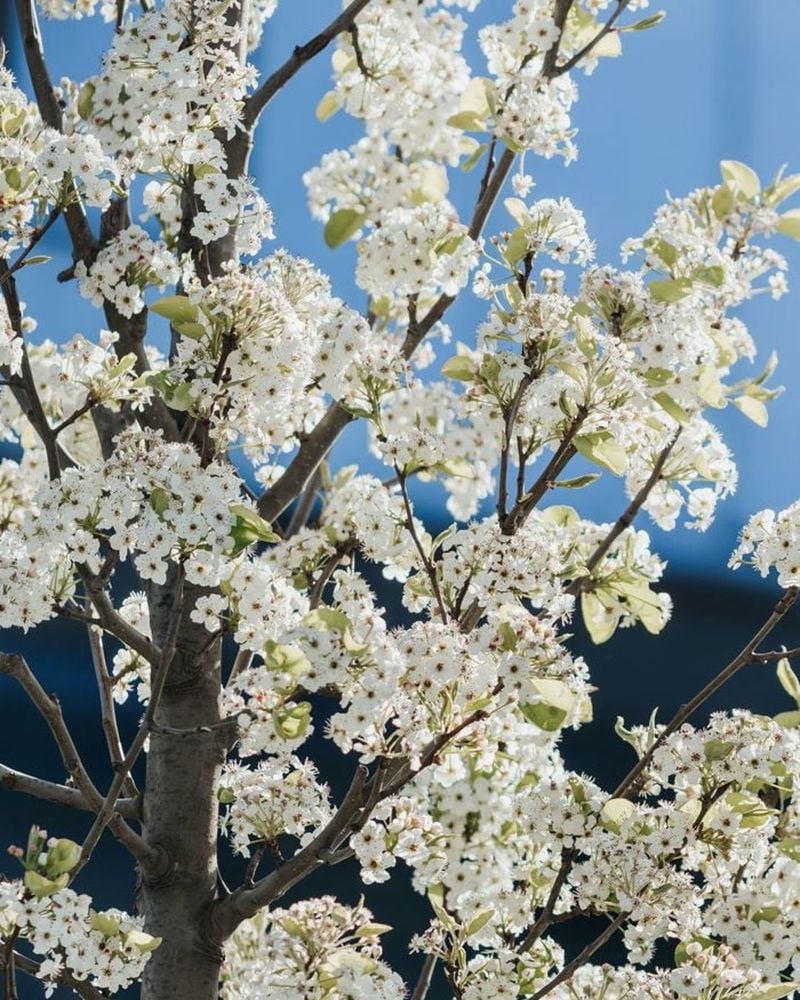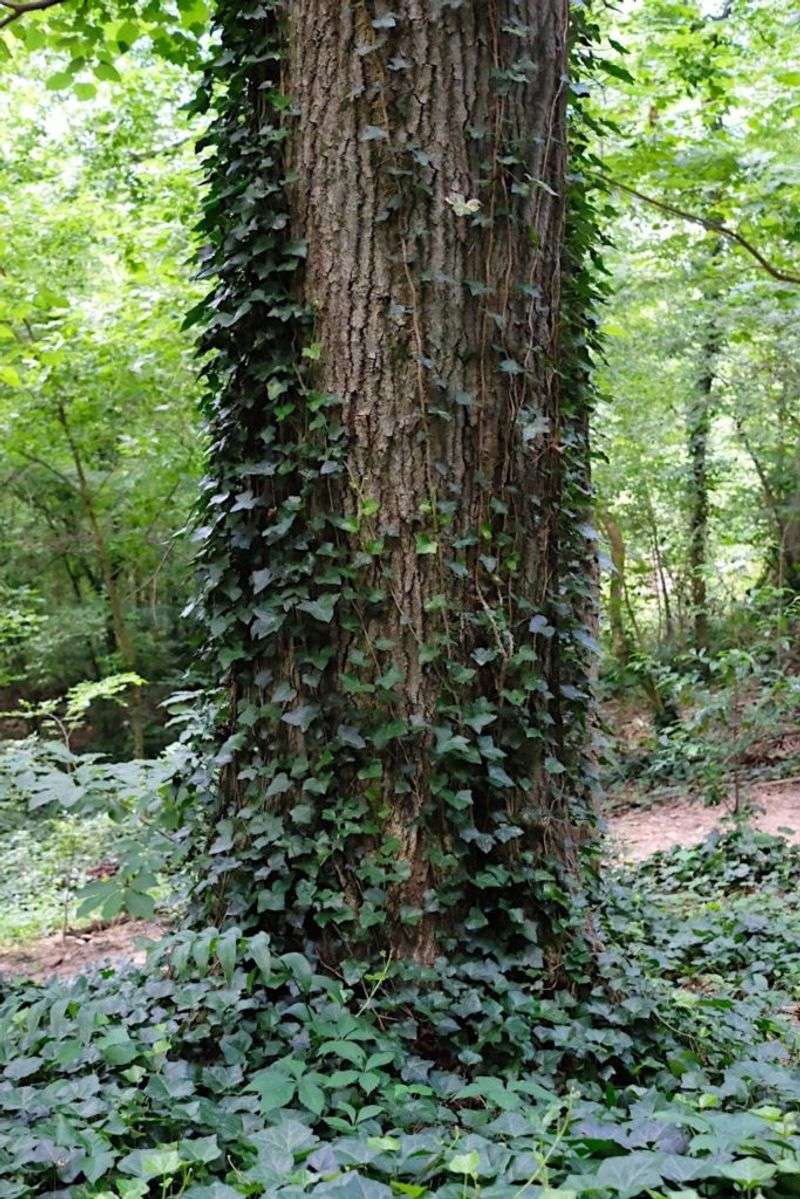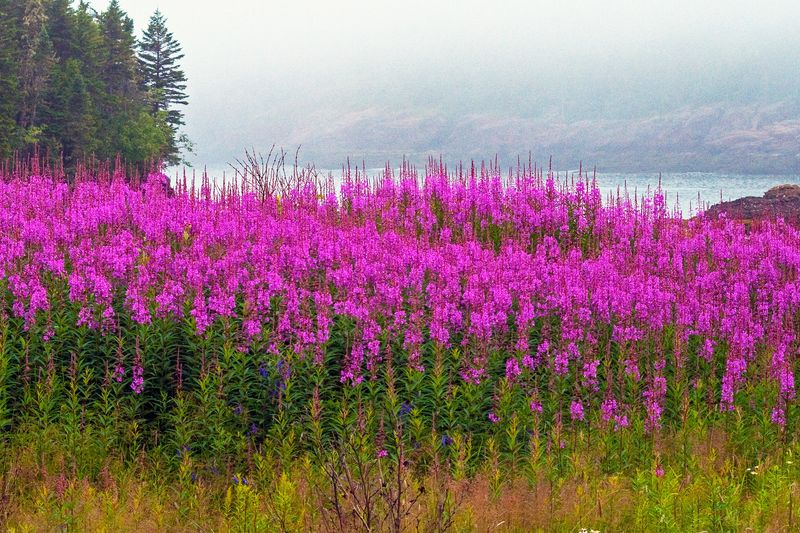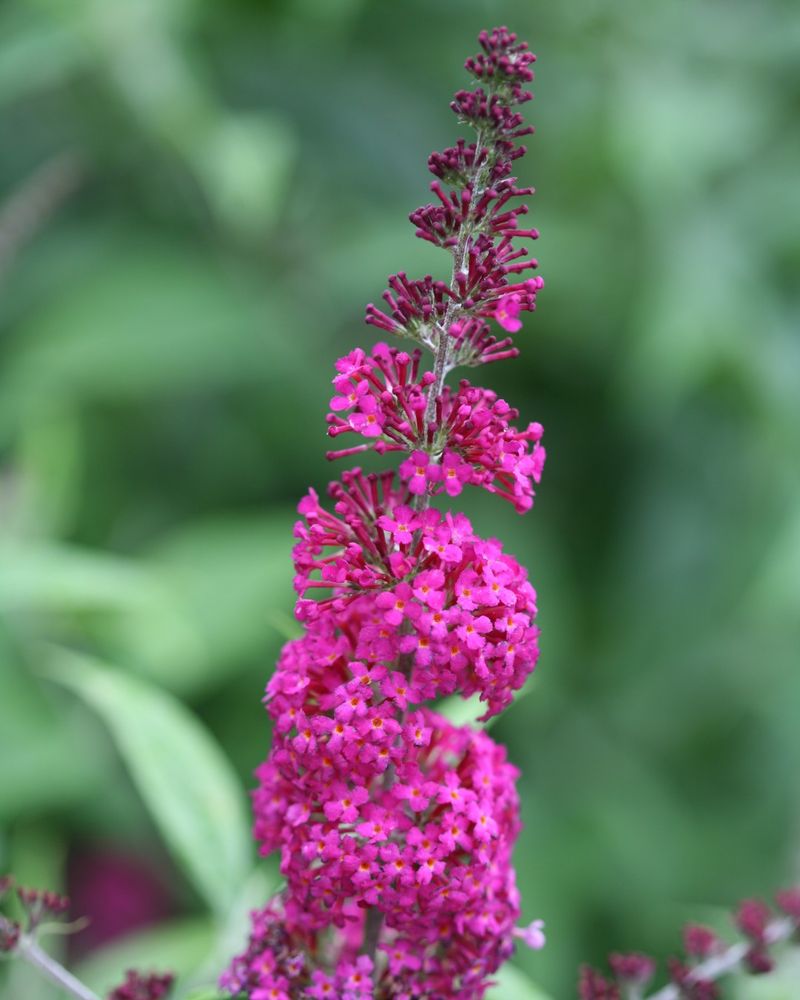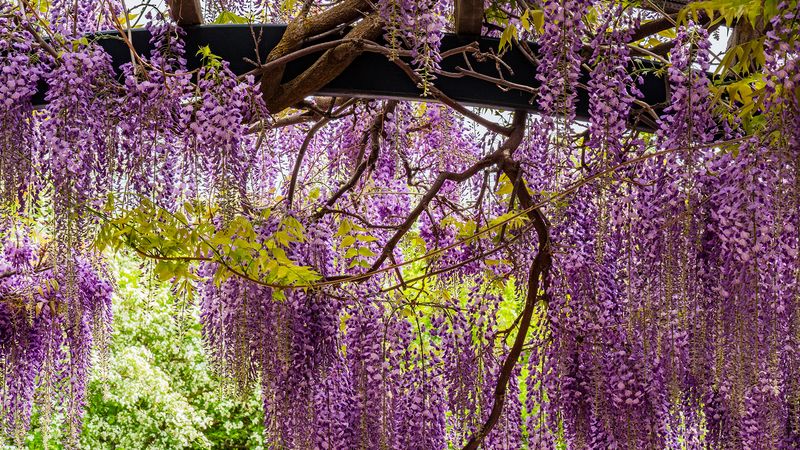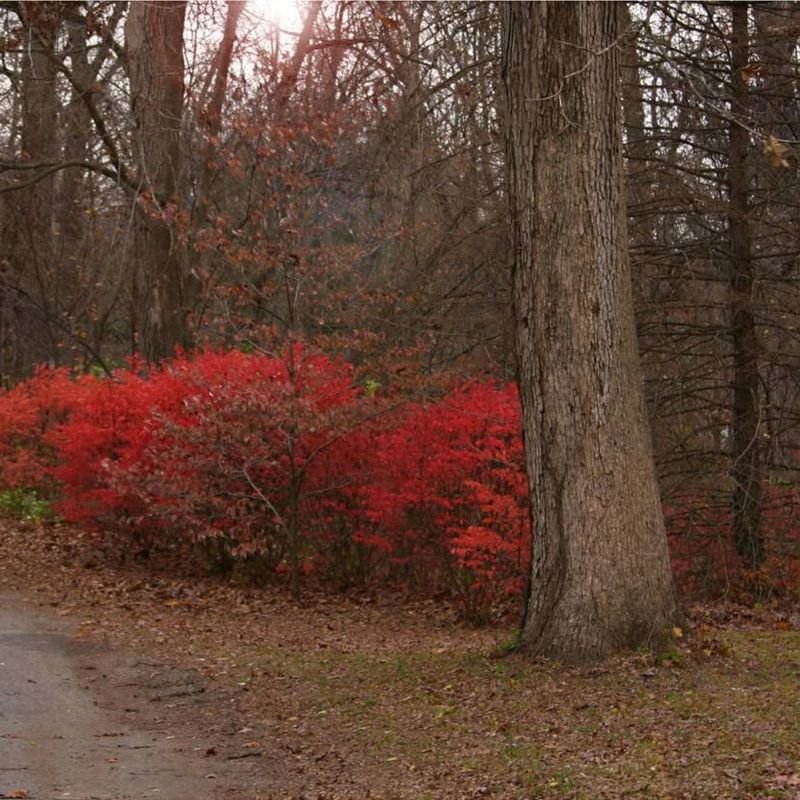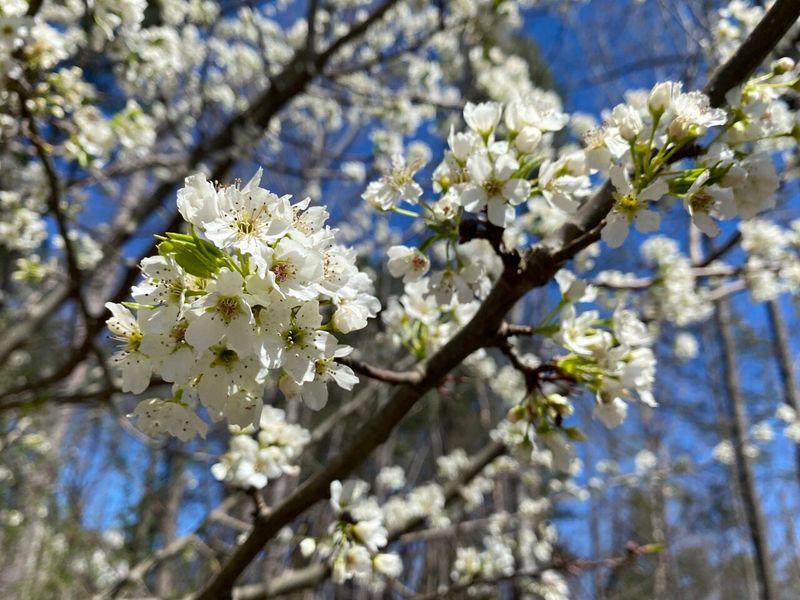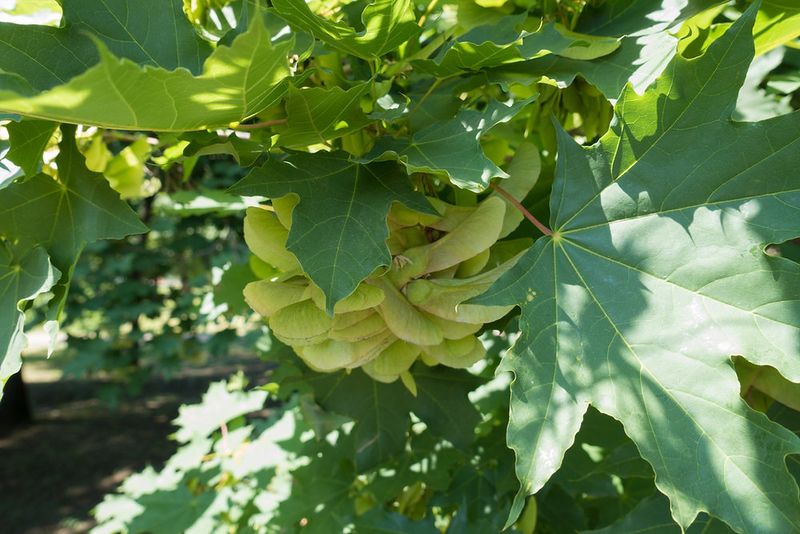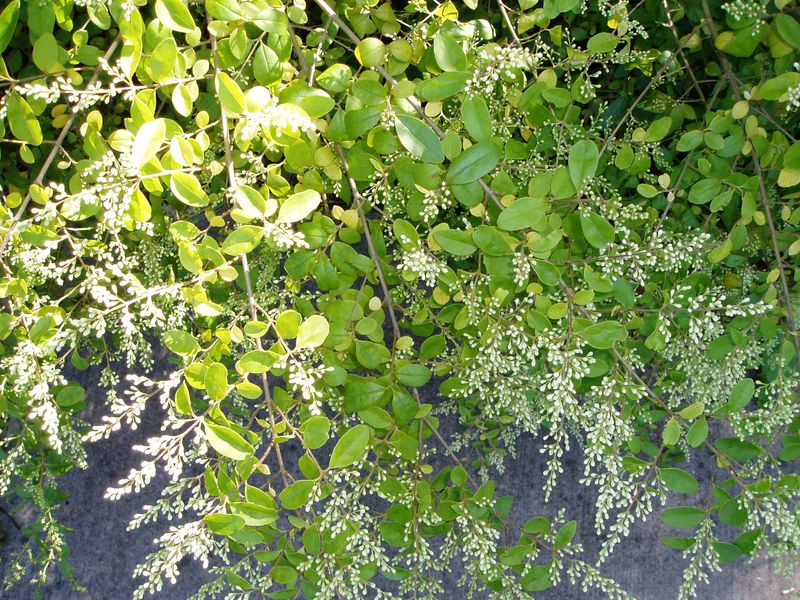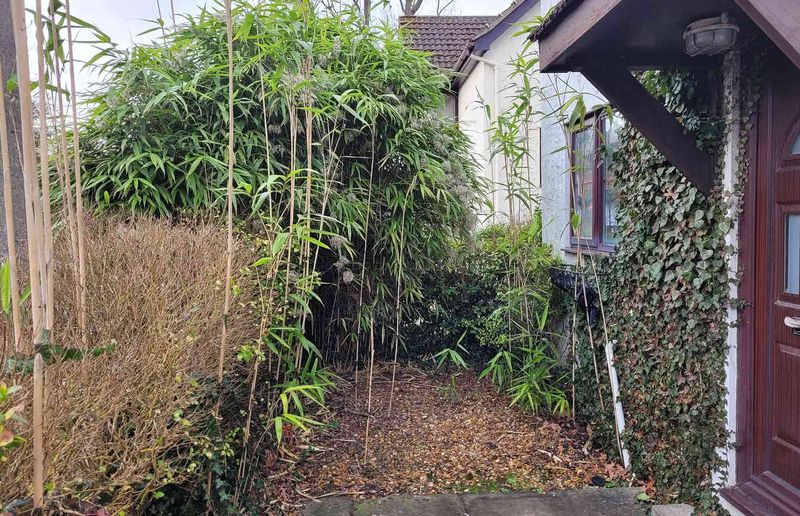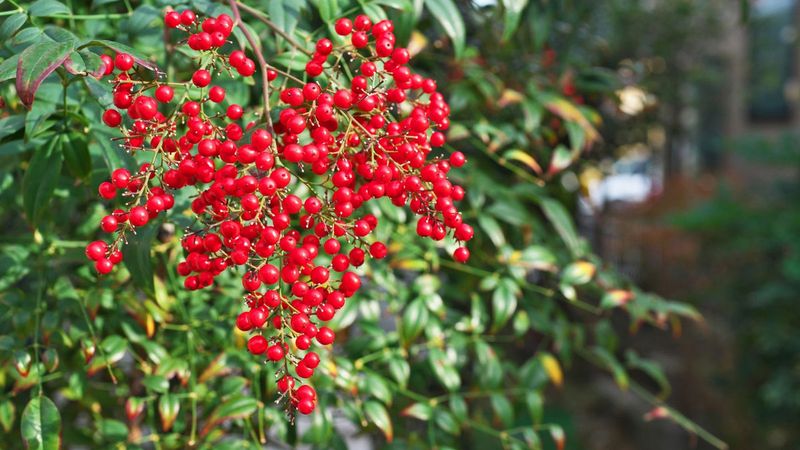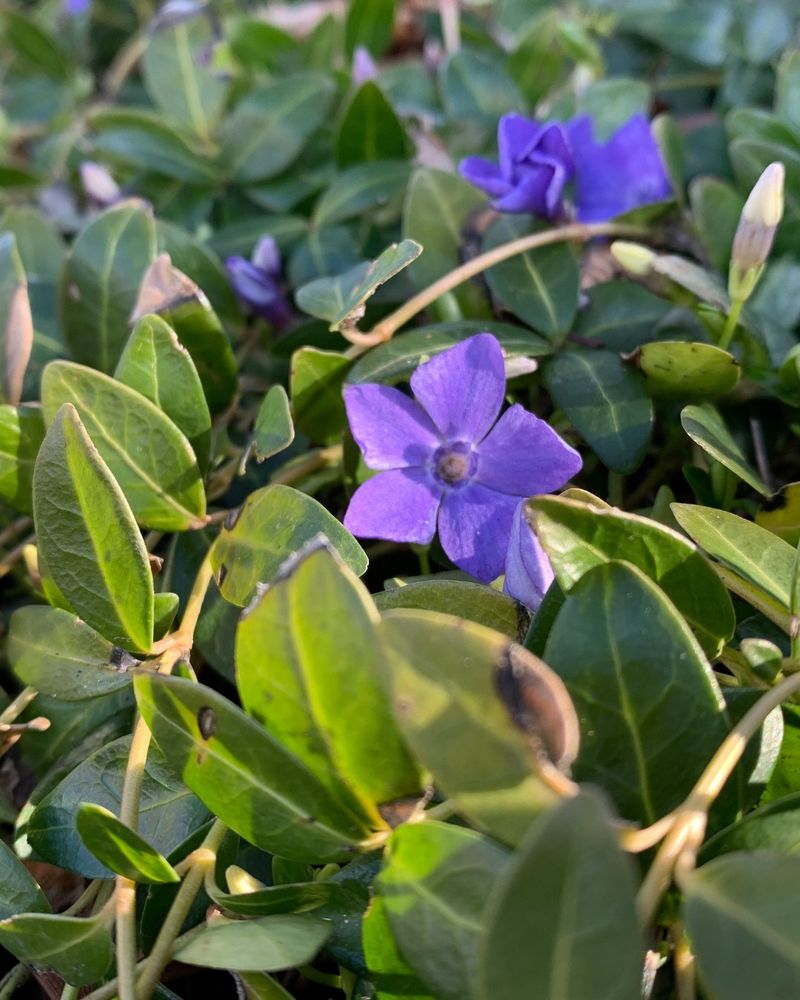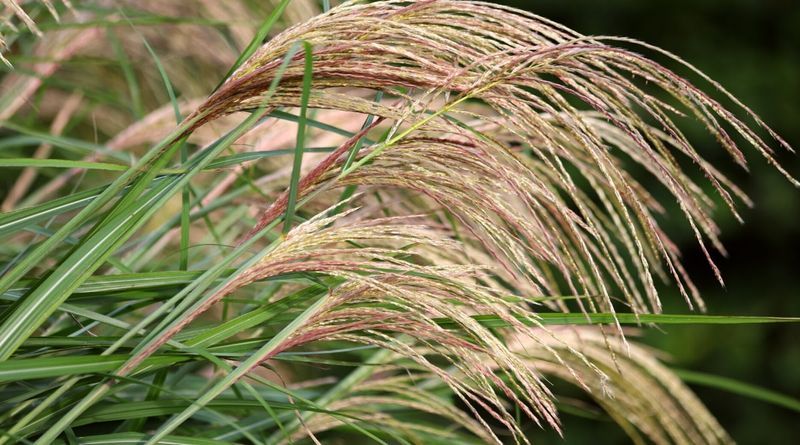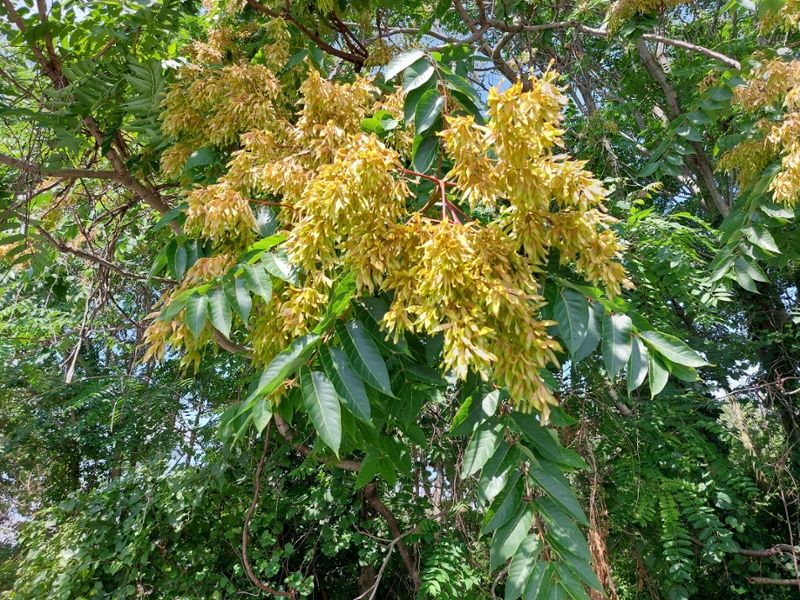Your favorite garden plants might soon land on the environmental no-go list. As climate change shifts growing zones and non-native species disrupt local ecosystems, gardening experts are raising red flags about certain popular plants. These botanical troublemakers spread aggressively, crowd out native species, and can wreak havoc on local wildlife habitats.
1. Japanese Barberry’s Thorny Problem
The ruby-red foliage of Japanese Barberry has made it a landscaping darling, but this beauty has a dark side. Dense thickets of this thorny shrub create perfect hiding spots for ticks that spread Lyme disease.
Wildlife officials have already restricted it in several states because it crowds out forest understory plants and disrupts natural habitats. Alternative options include native ninebark or chokeberry, which offer similar vibrant colors without the ecological damage.
2. Bradford Pear’s Fragrant Deception
Lining suburban streets with their perfect shape and spring blossoms, Bradford pear trees hide a sinister secret. Despite their stunning white flowers, they emit a notoriously foul odor that many compare to rotting fish.
More troubling is their ability to cross-pollinate with other pear species, creating aggressive wild populations that choke out native trees. Many states have already begun phasing out sales, with complete bans expected within five years. Consider native serviceberry or dogwood instead.
3. English Ivy’s Chokehold on Forests
Those charming ivy-covered cottages mask an ecological nightmare in progress. English ivy climbs trees with such vigor that it can actually strangle them by blocking sunlight and adding weight that makes them vulnerable during storms.
Once established, this aggressive vine creates dense ground cover that prevents native seedlings from growing. Several coastal states are already restricting sales. For similar aesthetics without the damage, try native alternatives like Virginia creeper or American bittersweet.
4. Purple Loosestrife’s Wetland Invasion
Don’t be fooled by those gorgeous purple flower spikes! Purple loosestrife might look stunning in garden catalogs, but it’s a wetland destroyer of the highest order.
A single plant produces over two million seeds annually, quickly forming dense stands that crowd out native plants vital for wildlife habitat and food. Already banned in many states, remaining loopholes are expected to close soon. Native alternatives like blazing star or blue vervain provide similar purple beauty without the environmental harm.
5. Butterfly Bush’s Misleading Name
Marketed as a butterfly magnet, this fast-growing shrub with showy purple flower spikes actually does more harm than good for pollinators. While adult butterflies visit for nectar, butterfly bush provides no food for caterpillars, breaking the lifecycle support needed.
Its prolific seeds spread aggressively, particularly in western states where it invades river corridors. Gardeners seeking butterfly-friendly options should instead plant native milkweed, joe-pye weed, or buttonbush that support the complete butterfly lifecycle.
6. Chinese Wisteria’s Beautiful Destruction
Those cascading purple flowers grace countless garden trellises, but Chinese wisteria’s romantic appearance hides its destructive nature. Growing at rates of up to 10 feet per year, this woody vine can split fences, collapse arbors, and even damage building foundations.
In natural areas, it climbs and strangles native trees while forming dense mats that prevent forest regeneration. Native American wisteria offers similar beauty with much less aggression, or try native climbing hydrangea for a well-behaved alternative.
7. Burning Bush’s Fiery Forest Invasion
Fall landscapes light up with burning bush’s crimson foliage, but this Asian shrub is burning through natural areas at alarming rates. Birds spread the seeds into woodlands, where dense thickets form and prevent native tree seedlings from establishing.
Already banned in several New England states, experts predict nationwide restrictions within five years. For spectacular fall color without the ecological damage, plant native alternatives like chokeberry, Virginia sweetspire, or blueberry bushes that also provide wildlife food.
8. Callery Pear’s Wild Offspring
The parent species of the Bradford pear deserves its own warning. Callery pear varieties were developed to be sterile, but cross-pollination between cultivars created fertile offspring that now run rampant through natural areas.
Their thorny thickets are nearly impenetrable and crowd out native vegetation. Ohio became the first state to completely ban sales in 2023, with many others developing phase-out plans. Native flowering trees like serviceberry, redbud, or dogwood provide beautiful spring blossoms without the invasive tendencies.
9. Norway Maple’s Shade Domination
That fast-growing shade tree in the nursery might be a slow-motion ecological disaster. Norway maples cast such dense shade and have such shallow root systems that they prevent nearly anything from growing underneath them.
Their prolific winged seeds spread far beyond where they’re planted, displacing native maples and other hardwoods in forests. Massachusetts and New Hampshire have already banned sales. For better alternatives, plant native sugar maple, red maple, or oak species that support hundreds of beneficial insect species.
10. Privet Hedge’s Wildlife Desert
The classic formal hedge has a not-so-formal habit of escaping into wild areas. Various privet species form dense thickets that shade out native plants and create wildlife food deserts in forests across the southern and eastern United States.
Birds spread the abundant black berries, which have low nutritional value compared to native alternatives. Several states have begun restricting sales. For similar screening effects, consider native alternatives like American hornbeam, inkberry holly, or bayberry that actually support local wildlife.
11. Golden Bamboo’s Underground Rampage
The zen garden favorite quickly becomes a homeowner’s nightmare. Golden bamboo spreads through underground rhizomes that can extend 15 feet or more annually, popping up new shoots through lawns, driveways, and even house foundations.
Nearly impossible to eradicate once established, it creates monocultures that wildlife cannot use. Several states have already banned running bamboo species. If you must have bamboo, choose clumping varieties that stay contained, or better yet, native grasses like switchgrass or river oats.
12. Heavenly Bamboo’s Earthly Problems
Despite its angelic name, Nandina or heavenly bamboo causes devilish problems for birds. The bright red berries contain cyanide compounds that can be fatal to cedar waxwings and other berry-eating birds when consumed in quantity.
In warmer states, it readily escapes cultivation and forms dense colonies in natural areas. Several southern states are considering bans. For similar red winter berries without the toxicity, plant native winterberry holly, chokeberry, or beautyberry that provide safe wildlife food.
13. Periwinkle’s Creeping Takeover
That seemingly innocent groundcover with pretty blue flowers is silently smothering forest floors across America. Periwinkle (Vinca minor and Vinca major) creates such dense mats that tree seedlings and native wildflowers cannot penetrate them.
Once established in woodlands, it’s nearly impossible to eradicate without destroying everything else. For shady areas, consider native alternatives like wild ginger, foamflower, or woodland phlox that play well with forest ecosystems instead of destroying them.
14. Miscanthus Grass’s Deceptive Beauty
Those graceful ornamental grass plumes dancing in autumn breezes hide a problematic secret. Miscanthus sinensis (Chinese silvergrass) produces thousands of wind-blown seeds that establish readily in disturbed areas and natural habitats.
Its dense growth crowds out native plants, and it even poses a fire hazard in some regions. For similar dramatic effect without the ecological concerns, plant native switchgrass, little bluestem, or Indian grass that actually benefit local birds and insects.
15. Tree of Heaven’s Hellish Habits
With a name suggesting paradise, Tree of Heaven delivers anything but. This fast-growing Asian tree not only crowds out native vegetation but also secretes chemicals that prevent other plants from growing nearby.
Worse still, it’s the preferred host for the destructive spotted lanternfly that damages crops and trees. Already banned in several states, nationwide restrictions are likely coming soon. For fast-growing native alternatives, consider yellowwood, hackberry, or Kentucky coffeetree.

